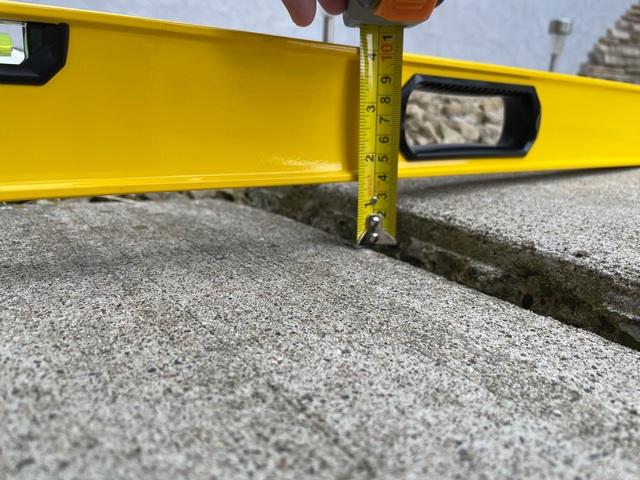
There are many requirements for becoming a CT electrician. These requirements include apprenticeship, examination, liability insurance, and a permit to do unlimited electric work. You'll also need a National Electric Code (NEC) certification. After earning your license, you'll need to renew your certification every year and complete mandatory continuing education courses.
Apprenticeship
There are many apprenticeship programs available in Connecticut. Some programs are union-based while others aren't. Both offer training and experience. The International Brotherhood of Electrical Workers Local 488, which is part of a national program, manages many apprenticeship programs. These programs aim to place students in professional jobs after they have completed five years of training.
Connecticut has a rising demand for electricians. It is an ideal place to get started in an electrical career. According to the Department of Labor in Connecticut, there will be 12.8% more jobs in electrical work by 2024. Train as an apprentice with a Connecticut electrician if you are interested in becoming a CT electrician.

Exam
The state's exam must be passed if you plan to work as a CT electrical contractor. It covers basic electrical knowledge, branch circuits and service circuits, bonding, raceways, boxes, grounding, and bonding. It also covers low voltage systems and illuminated signs. It costs $65 and requires pre-approval. Your contractor license will require you to pass a written and legal exam.
After becoming journeypersons, electricians in Connecticut are eligible for an electrician's permit and can begin working as an electric contractor. An E-1 unlimited license for electricians allows them to do electrical work and manage a business. To obtain a Journeyperson License, you must complete at minimum 8,000 hours training on the job. You also need to complete at least144 hours training classes in electricity. You can enroll in an apprenticeship or attend a local electrician school.
Liability insurance
Connecticut electricians may be eligible for liability insurance. This can provide valuable coverage. Not only does this coverage protect your business from lawsuits, but it also covers the costs of defending yourself in court if you are found guilty of making a mistake. Commercial auto insurance is also important if you own a commercial vehicle. This will pay for expenses such as medical treatment and property damage. Personal auto insurance policies will not cover the business activities of an electrician.
Electricians drive their own vehicles between work sites and clients. Electricians must drive a lot. Commercial vehicle insurance is required to protect against theft or damage to property of others. It can also protect against cargo damage or loss. Also, electricians who work for companies will require workers comp insurance. This type of insurance covers any injuries sustained on the job.

To become a ct electricalian
A Connecticut apprenticeship is the first step towards becoming a licensed electrician. You must be at the least 18 years and hold a highschool diploma to qualify for an apprenticeship. However, if you're 16 and enrolled in a vocational high school, you can begin practical and classroom studies before you reach that age. A $110 registration fee will be required and you'll have to complete 720 hours worth of classwork. Before you are licensed, you will need to work for 8,000 hours with an electrician.
After your apprenticeship is over, you'll need pass both a law and business exam. The licensing exam will be required and you will have to pay $150. If you'd like to specialize in a specific area of electrical work, you can also obtain a specialty license. A specialty license is for those who have less experience and specialize in a specific area of electrical work.
FAQ
How much does it take to get building permission?
It can vary depending on the complexity of your plan and where it is located. It also depends on whether your application is for permission to construct or extend an existing house. You should expect to wait several months before everything is approved.
Is there any limit on how much money I can spend for the project?
No. Your SCA sets an upper limit on the total cost of the project. But, it is possible to negotiate a lower cost with the contractor.
Who issues a Service Agreement
Service agreements between you and your customers define how you will deliver services to them. It defines the customer's responsibilities. It also describes what you will do for them. And when they have pay you.
Additional fees for services may also be confirmed in the service agreement.
All terms and conditions of a service agreement must be included. This includes payment methods and delivery times.
You can use this template to cover every aspect of the agreement.
When do I need to pay the service/contractor for it?
The service you are receiving will dictate the payment schedule. For example, if you hire a contractor to install a new roof, you would typically make payments as soon as the work was completed. You might pay only after you receive and test the product if it is a product purchased from a supplier like a kitchen range cooker.
What is a Standard Contract Form?
A standard contract form is a template for creating contracts. These templates typically include all the elements required for creating a contract such as the date and time, the place, and the parties.
You can customize standard contract templates to suit your clients. Some companies even offer standard contract forms.
These forms may not be right for everyone. These forms can help you save a lot of time.
One of these standard forms could be an option.
Who will pay for the service
The SCA will specify which party is responsible to pay for the service. It may be possible to sue the court for compensation if the service provider has not been paid in full.
Statistics
- (1) Except as provided in paragraphs (a)(4) and (a)(8) of this section, if the estimated amount of the contract or subcontract is $10 million or more, the contracting officer shall request clearance from the appropriate OFCCP regional office before- (acquisition.gov)
- (ii) Name, address, and telephone number of each proposed first-tier subcontractor with a proposed subcontract estimated at $10 million or more. (acquisition.gov)
- (v) Place or places of performance of the prime contract and first-tier subcontracts estimated at $10 million or more, if known. (acquisition.gov)
- Depending on the client's trustworthiness and financial stability, a deposit is usually 10 to 50% of the total contract amount. (lawdepot.com)
- Don't take their anger personally, they are mad about the situation 99% of the time. (activatemylicense.com)
External Links
How To
How can I get started with the negotiation of my first service arrangement?
It can be daunting to negotiate the terms of a service agreement.
Negotiating the terms of a contract is not difficult.
It all depends on how prepared and organized you are.
Before you begin negotiations, it is important to understand the terms and condition of your first service arrangement.
You must know what you are going to do for your customer, for instance.
You should also know what your customer wants from you.
Once you have a clear idea of what you will provide, you can start preparing for negotiation.
The more information you have, you will be better prepared for when you meet up with the other party.